

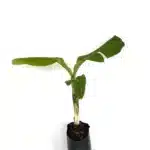
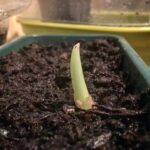


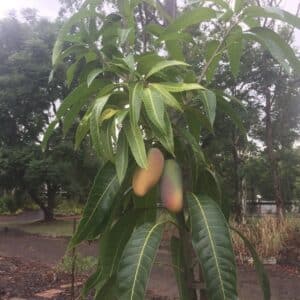
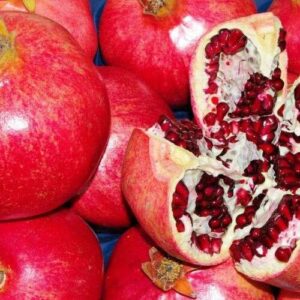
Plantain (Musa × paradisiaca ) tropical live fruit tree
$80.00 Original price was: $80.00.$44.99Current price is: $44.99.
Plantain, scientifically known as Musa × paradisiaca, is a tropical fruit closely related to the banana. Unlike bananas, plantains are usually larger, have thicker skin, and are typically consumed cooked rather than raw. Plantains are a staple food in many tropical regions and are valued for their versatility in cooking.
The plantain plant is a large, herbaceous plant that can grow up to 10 to 20 feet tall. It has a thick, sturdy pseudostem made up of tightly packed leaf sheaths. The leaves are large, broad, and bright green, often reaching several feet in length. The plant produces a large inflorescence, or flower cluster, from which the fruit develops. Each plantain plant can produce a single bunch of fruit before it dies, but new plants will sprout from the underground rhizome, continuing the cycle.
Plantains grow in clusters called “hands,” with each hand containing several individual fruits. The fruit itself is elongated and curved, typically 6 to 12 inches long, with a thick, green skin that gradually turns yellow and then black as it ripens. The flesh is starchy and firm when unripe, becoming softer and sweeter as it matures.
Plantains are incredibly versatile and can be prepared in a variety of ways depending on their ripeness. Green, unripe plantains are starchy and have a texture similar to potatoes. They are often fried, boiled, or baked and used in savory dishes like tostones (twice-fried plantain slices) or mofongo (a mashed plantain dish). Yellow, ripening plantains are sweeter and can be fried, boiled, or grilled to make dishes like maduros (sweet fried plantains). Fully ripe, black-skinned plantains are very sweet and soft, perfect for desserts or baking.
Plantain plants thrive in tropical and subtropical climates with warm temperatures and high humidity. They prefer well-drained, fertile soil and require regular watering, especially during dry periods. Plantains are typically grown from suckers, which are shoots that emerge from the base of the plant. These suckers are separated from the parent plant and transplanted to start new plants.
An interesting fact about plantains is that they are a major food source in many tropical regions around the world, often used in the same way that potatoes are used in Western diets. Their versatility and nutritional content make them an essential part of the diet in many cultures.
Plantains are a versatile and essential tropical fruit with a wide range of culinary uses. From savory dishes to sweet treats, plantains offer a variety of flavors and textures depending on their ripeness. Growing plantains in tropical or subtropical gardens can provide a reliable and nutritious food source, making them a valuable addition to any garden or farm.
Plantains are not only a staple food in many tropical regions but also hold significant cultural and economic importance. They are grown extensively in Africa, the Caribbean, Central and South America, and Southeast Asia. In many of these regions, plantains are a key crop for both subsistence farming and commercial agriculture. They provide a reliable source of calories and nutrition, especially in areas where other staple crops like rice or maize may not thrive as well due to climatic conditions.
One of the unique aspects of plantains is their ability to be used at different stages of ripeness, each offering a distinct flavor and texture. This adaptability makes them a versatile ingredient in various culinary traditions. In West Africa, for example, plantains are a central component of many dishes, including fufu, a starchy side dish, and alloco, a popular street food made from fried plantains. In the Caribbean, they are often served as a side dish or used in stews and soups.
Beyond their culinary uses, plantains have various non-food applications. The leaves of the plantain plant are often used as natural packaging material, especially for wrapping food. They are also used as plates or serving dishes in many traditional cultures. Additionally, plantain fibers are sometimes used in the production of textiles and handicrafts.
In terms of cultivation, plantains are relatively low-maintenance but require attention to certain factors to ensure healthy growth and fruit production. Proper spacing between plants is crucial to avoid competition for nutrients and light. Mulching around the base of the plant helps retain moisture and control weeds. While plantains are generally hardy, they can be susceptible to pests and diseases, such as the black sigatoka fungus, which can impact yields. Integrated pest management practices, including the use of disease-resistant varieties and proper crop rotation, are important for maintaining healthy plantations.
In conclusion, plantains are more than just a food crop; they are an integral part of the cultural and economic fabric of many tropical regions. Their versatility in cooking, coupled with their adaptability to different environments, makes them a valuable crop for both subsistence and commercial purposes. Growing plantains can contribute to food security and provide a source of income for farmers, making them a vital component of agricultural systems in tropical areas.
| Weight | 10 oz |
|---|---|
| Dimensions | 22 × 4 × 4 in |
| Planting Bag + Soil |
Planting bag + Soil ,I have soil and container |
You may also like…
Lady finger banana (Musa acuminata) fruit tree living seedling
Red bananas (Musa acuminata ‘Red Dacca) live fruit tree
Largest giant banana live fruit plant ( musa ingens) seedlings
The Hua Moa banana / Hawaiian Plantain (Musa acuminata) live plant
The The Hua Moa banana or Hawaiian Plantain, also known as Maoli in Hawaiian or Hawaiian cooking banana, is a traditional staple crop in Hawaii and other Pacific islands. While not a true plantain, it resembles plantains in that it is typically cooked before eating rather than consumed raw. The Hawaiian Plantain is highly valued for its starchy texture, subtle sweetness, and versatility in traditional dishes. It is part of the Musa genus, the same genus that includes both bananas and plantains, and is closely related to tropical varieties grown throughout the Pacific, Southeast Asia, and the Caribbean.

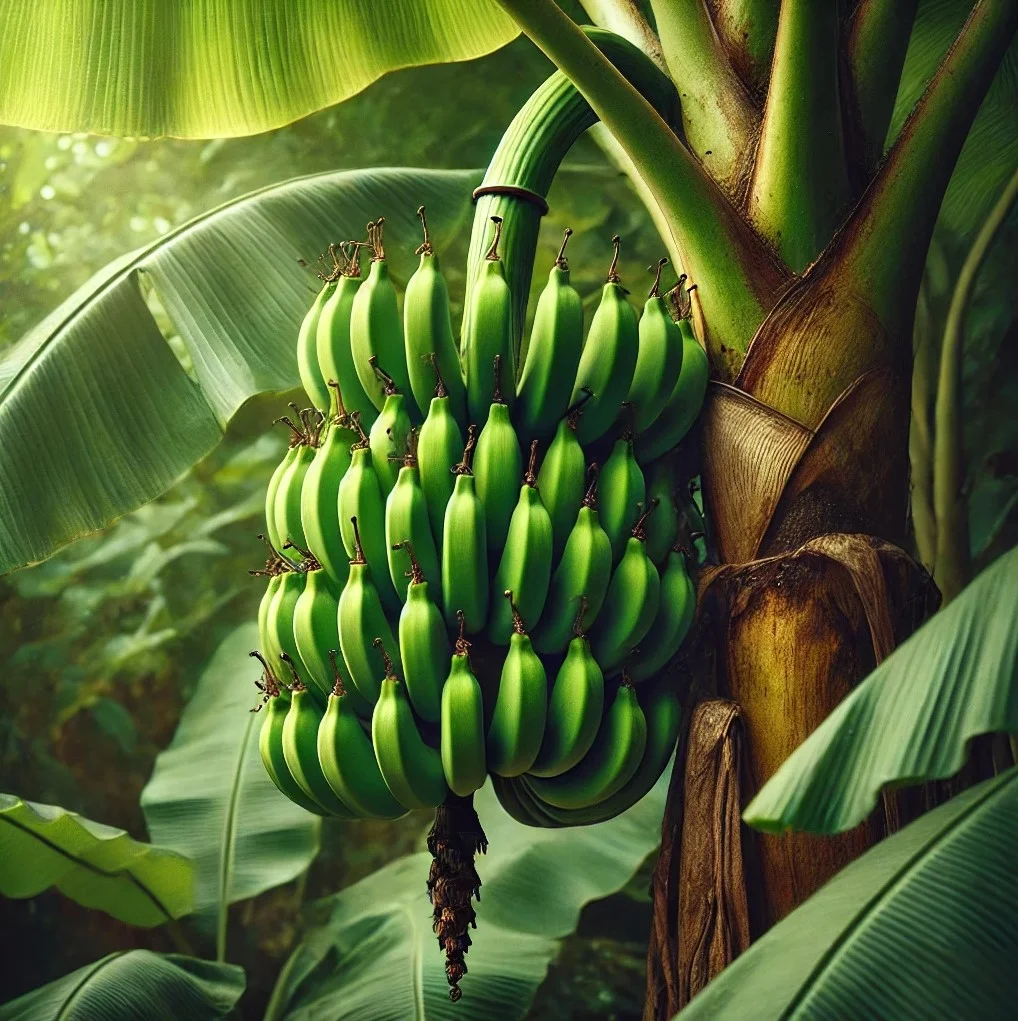

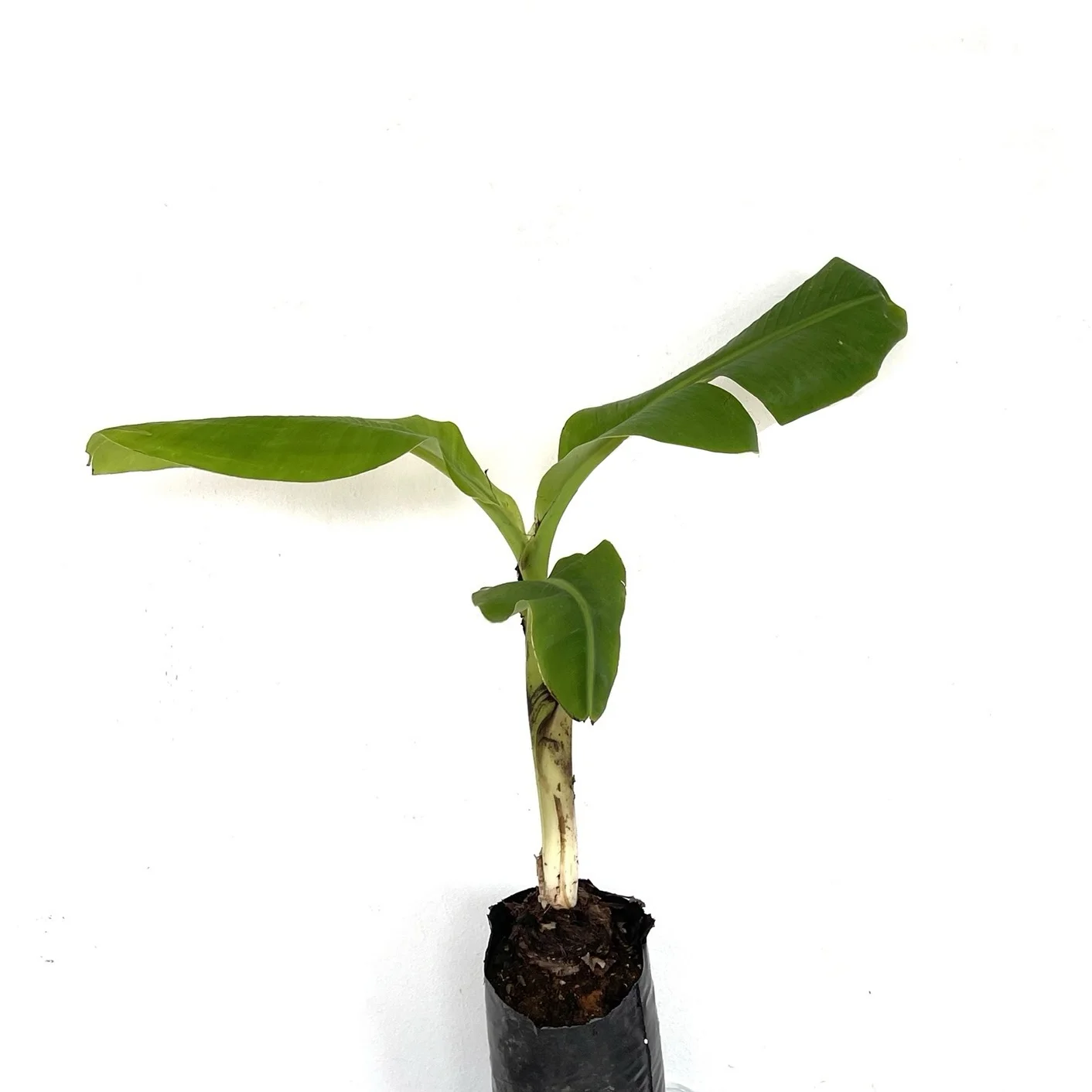
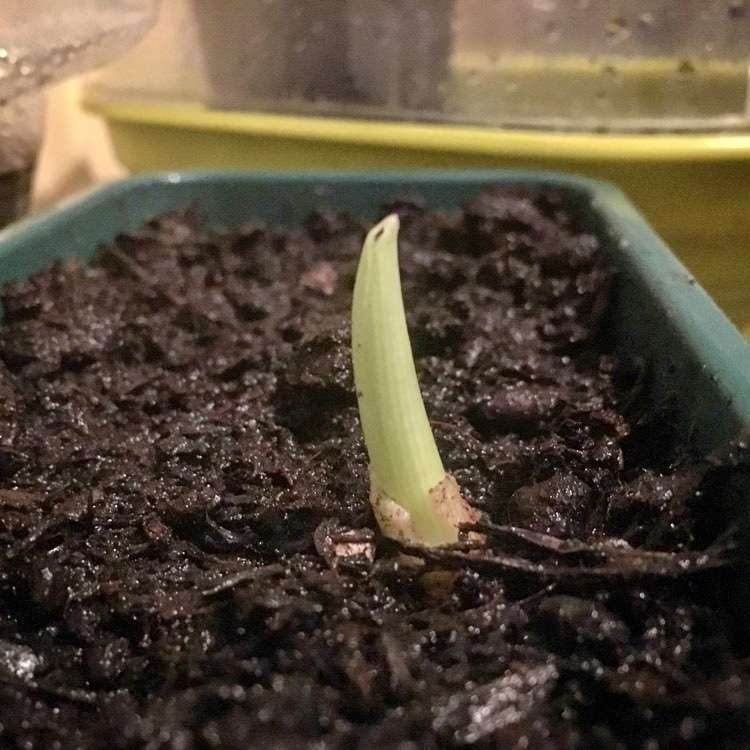
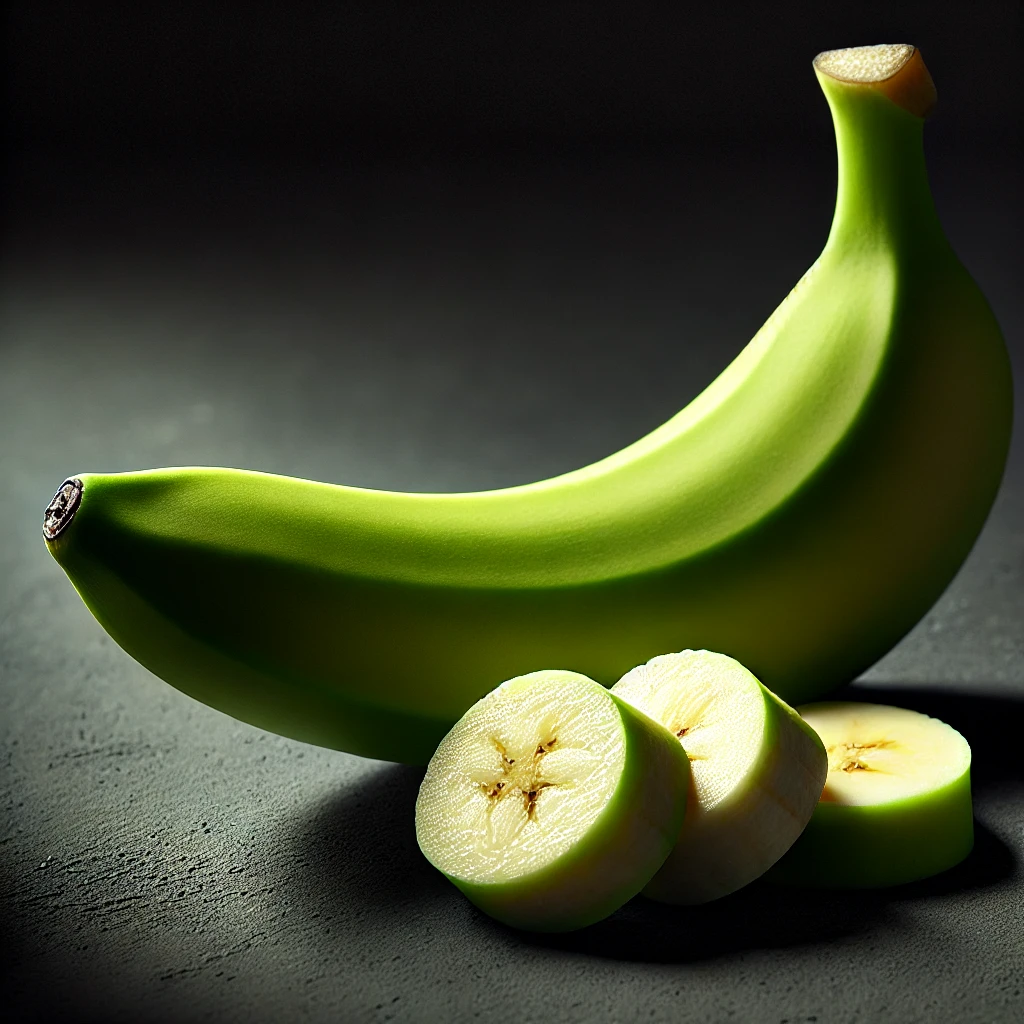
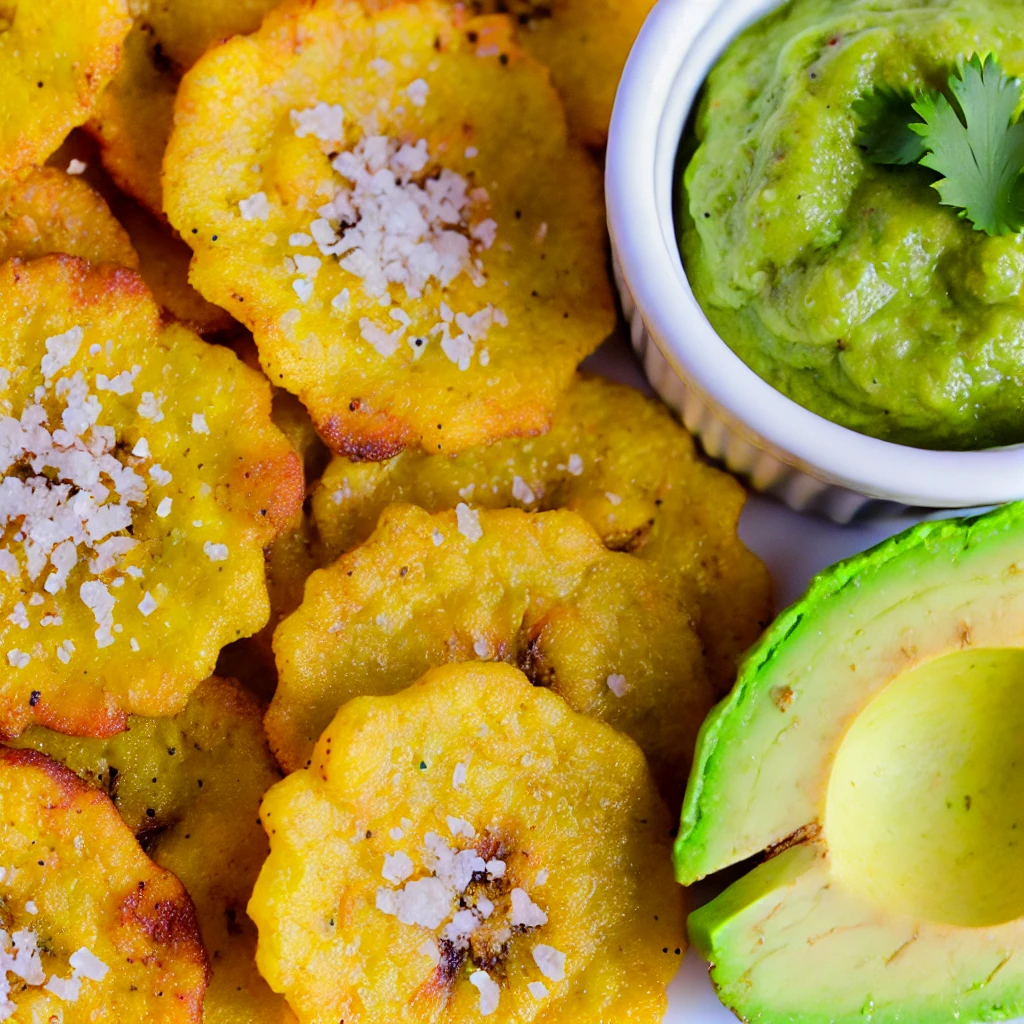

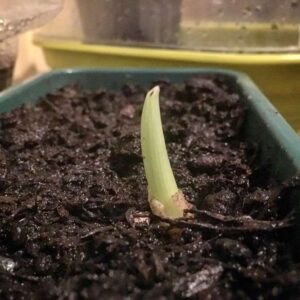
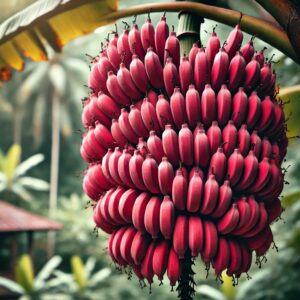
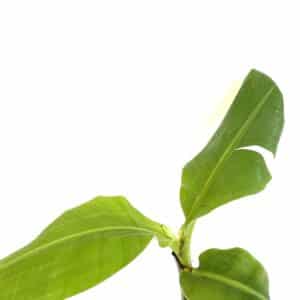
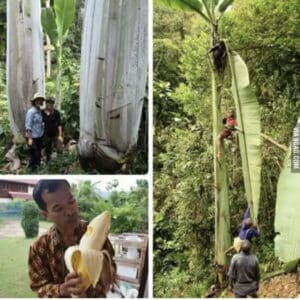
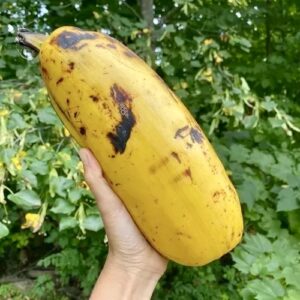
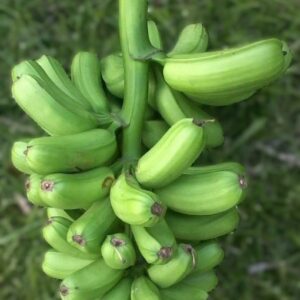



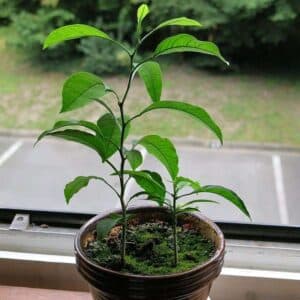
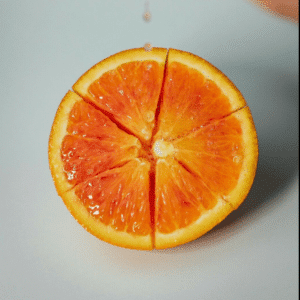
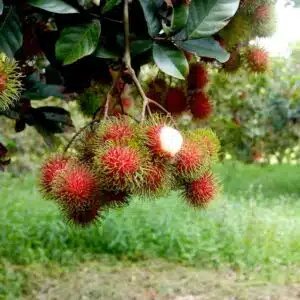
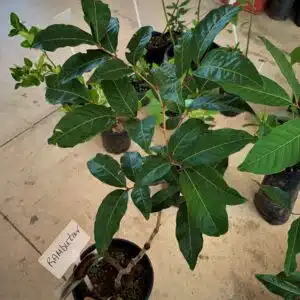
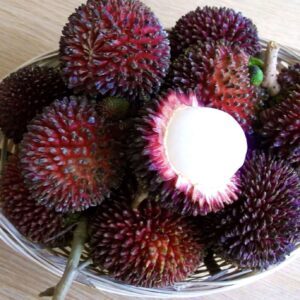
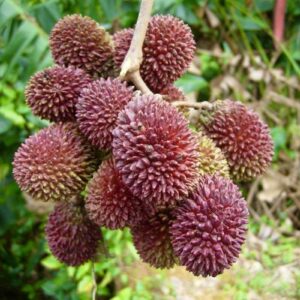
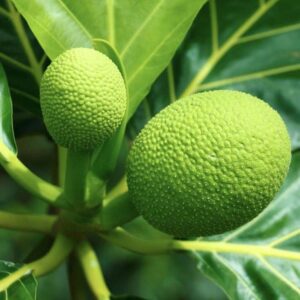
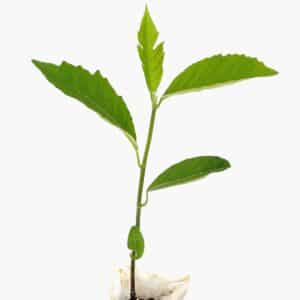
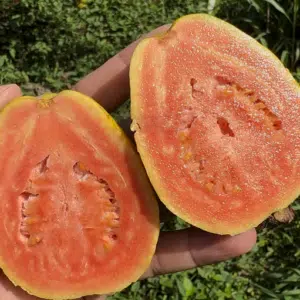
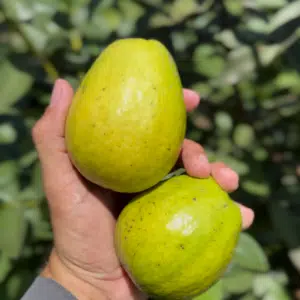



Reviews
There are no reviews yet.